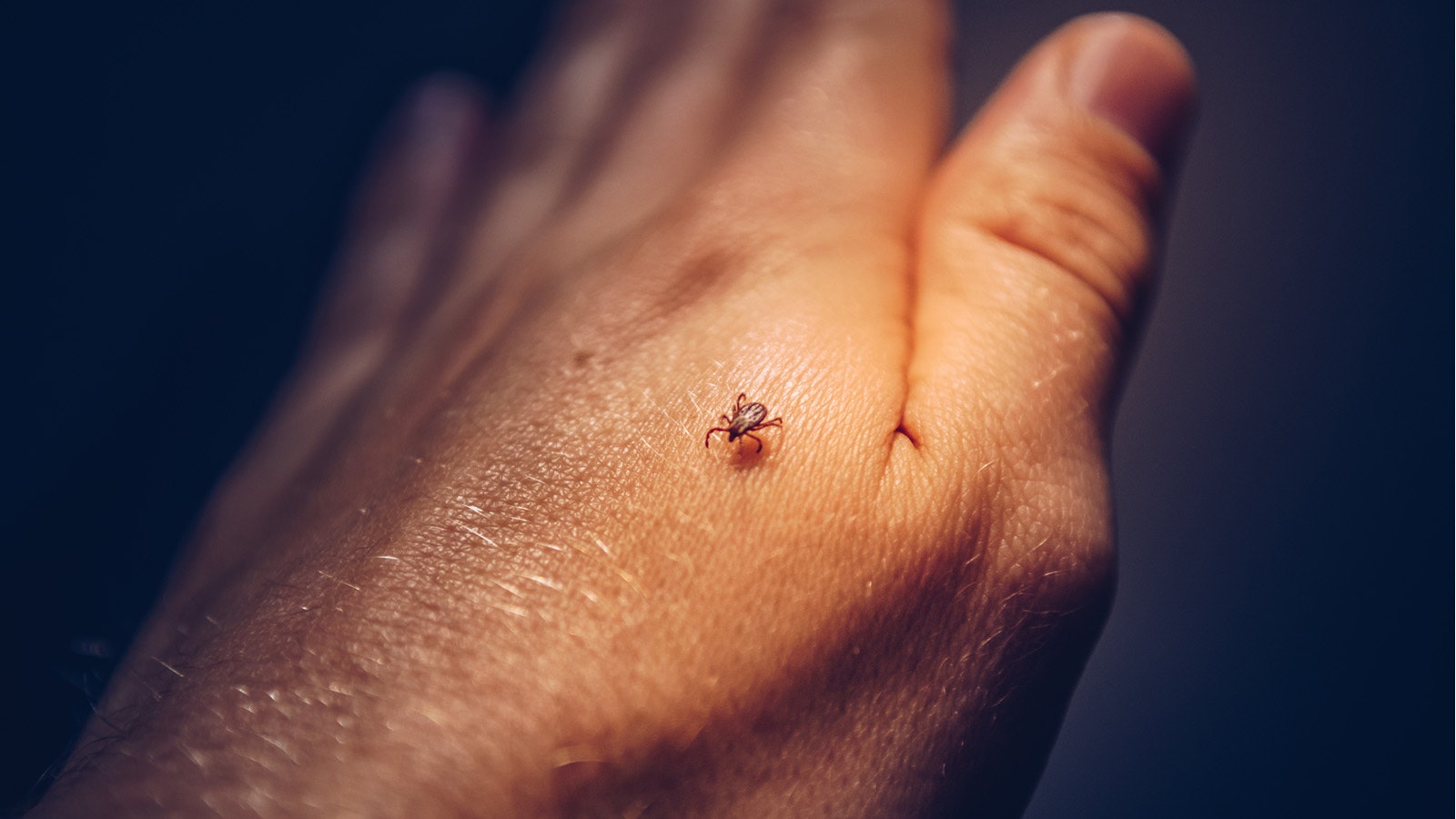After a more than a year of doing everything we could to protect ourselves against microscopic bugs, as summer rolls around, we need to start watching out for actual insects.
It is well known that ticks, mosquitoes and other insects common to Wyoming often carry diseases that are a threat to both people and animals in the summer.
But according to Kim Deti with the Wyoming State Health Department, one of the most common diseases associated with ticks, Lyme disease, isn’t too much of a threat here.
“You’ll hear a lot nationally about Lyme disease,” she says, “but we do not have the kind of ticks in Wyoming that carry Lyme disease.”
But Deti noted that other tick-borne illnesses are definitely something to watch for, such as tularemia, Rocky Mountain spotted fever (RMSF) and Colorado tick fever (CTF).
Tularemia symptoms include fever, swollen and painful lymph glands, inflamed eyes, sore throat, mouth sores, skin ulcers and diarrhea.
If the bacteria are inhaled, symptoms can include sudden onset of fever, chills, headache, muscle aches, joint pain, dry cough and progressive weakness and pneumonia.
Initial RMSF symptoms may include fever, nausea, vomiting, muscle pain, lack of appetite and severe headache. Later signs and symptoms may include rash, abdominal pain, joint pain and diarrhea.
And CTF usually causes fever, headache, muscle and joint pain, and, occasionally, a rash.
But it’s not just tick bites that can spread those dangerous diseases.
“If a person handles an animal that’s infected with tularemia, like a rabbit or rodents, that can be a risk for the person for those tick-borne diseases,” Deti said.
One illness that made headlines for years has been on the decline in Wyoming recently, according to Deti.
“West Nile Virus has certainly been at a much lower level in Wyoming for the last several years,” she said, “but we do want people to prevent those mosquito bites.”
West Nile virus (WNV) is spread by mosquitoes when they feed on infected birds and then bite people, animals or other birds.
While most people infected with WNV don’t have symptoms, others can experience fever, headache, body aches, skin rash and swollen lymph nodes.
A very small number develop West Nile neuroinvasive disease, with symptoms such as severe headache, fever, neck stiffness, stupor, disorientation, coma, tremors, convulsions and paralysis.
But humans aren’t the only creatures who face danger from tiny threats.
Jim Logan, the Wyoming State Veterinarian, said there are a number of insects that can transmit diseases to livestock and pets.
“In addition to mosquitoes and ticks, and certainly those are a big factor in disease transmission, there are also the deer flies and horse flies,” he said. “Those types of things can carry such diseases as vesicular stomatitis, which I hope we don’t see this year — but we’re entering the season when typically that is going to be a possibility.”
Logan says that particular disease is very similar to foot and mouth disease, which impacts the ability for animals to eat, walk or reproduce.
“It’s indistinguishable from Foot and Mouth Disease, which always scares the state veterinarian because of the risks of the disease getting into this country and the effect that would have on the economy,” he points out. “And there is no vaccine for vesicular stomatitis.”
Logan added that Lyme disease, anaplasmosis, blue tongue and other diseases carried by tiny midges and other insects are a real danger to Wyoming livestock.
“Insect control is really the major prevention,” he explained. “There are sprays, insecticides and repellants, but repellants need to be applied once or twice a day in order to be effective.”
Logan noted that while vaccines exist for mosquito-borne illnesses such as West Nile and Western Equine Encephalitis, the best defense is to reduce the risk of infection through prevention.
The same advice given by the Health Department to help humans keep safe from insect-borne illnesses can be followed to protect animals as well, Logan said.
The five “D’s” of insect prevention, for both people and animals, are:
1) DAWN and 2) DUSK – Mosquitos prefer to feed at dawn or dusk, so avoid spending time outside during these times.
3) DRESS – Wear shoes, socks, long pants and a long-sleeved shirt outdoors. Clothing should be light-colored and made of tightly woven materials.
4) DRAIN – Mosquitos breed in shallow, stagnant water. Reduce the amount of standing water by draining and/or removing.
5) DEET – Use an insect repellent containing DEET (N, N-diethyl-m-toluamide). When using DEET, be sure to read and follow label instructions. Picaridin (KBR 3023) or oil of lemon eucalyptus can also be effective.





